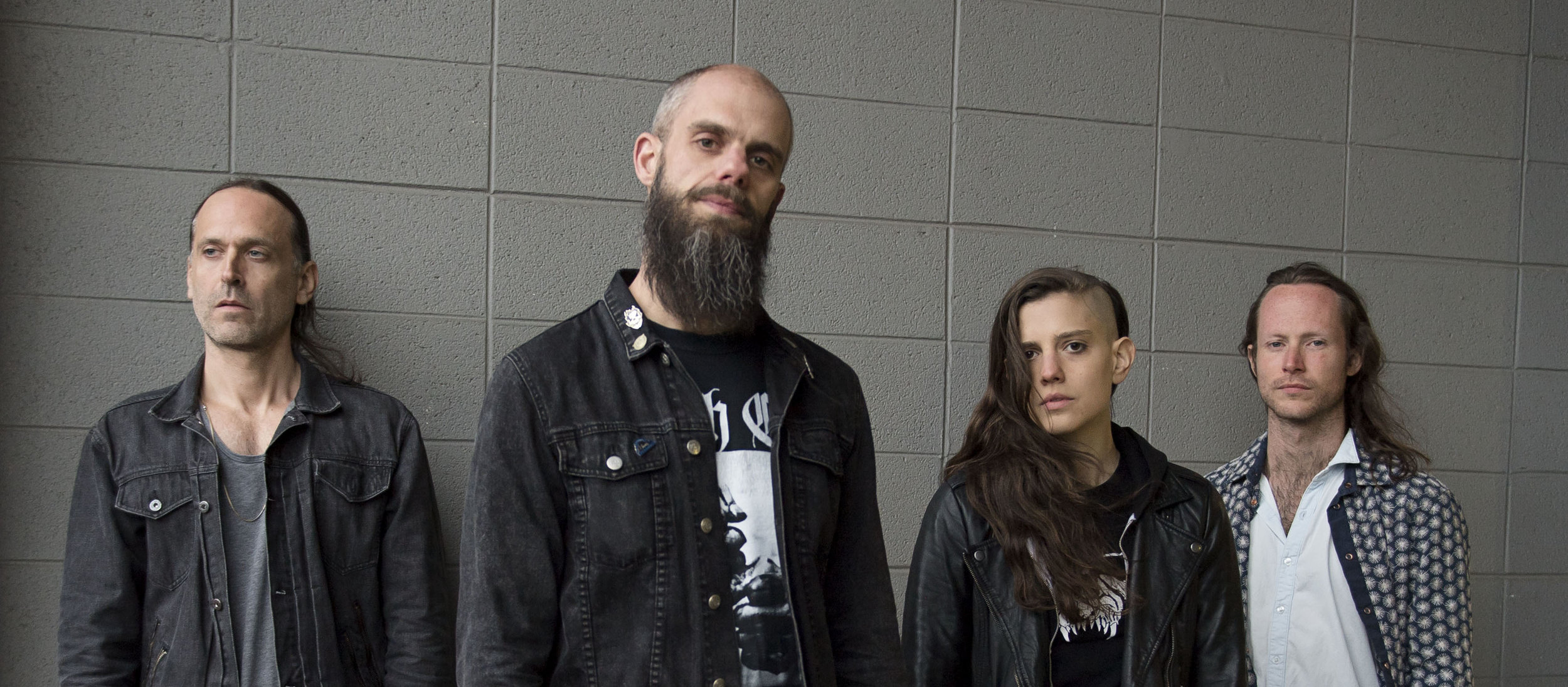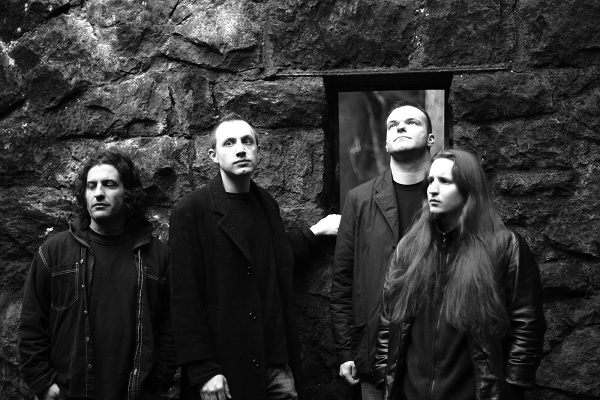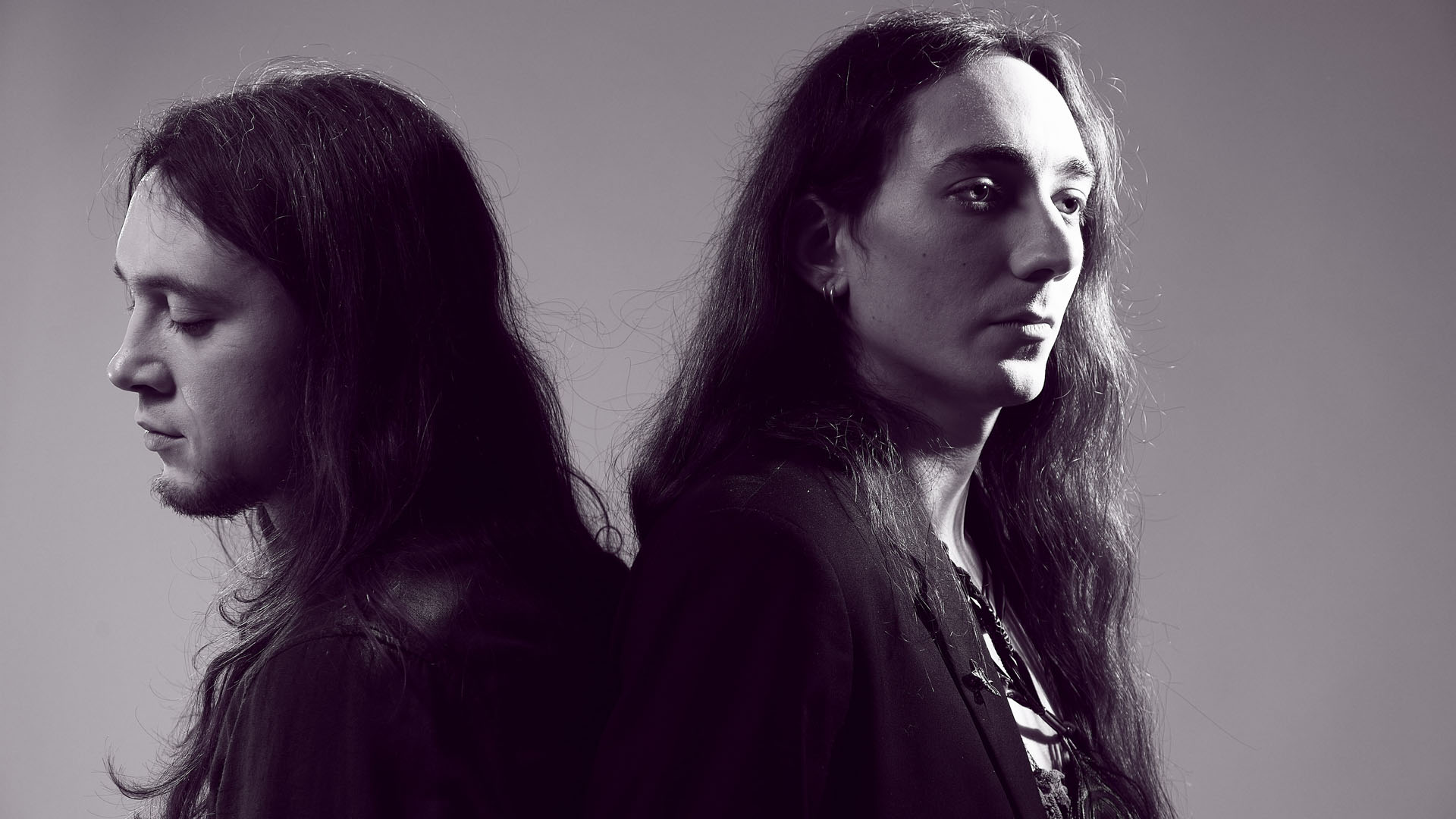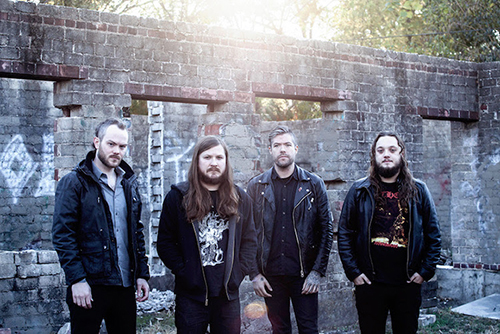Patrick Wolf, one of my favorite musicians, recently released a new single, “Dies Irae,” that imagines what he and his family could have done together to celebrate their connections in the days before his mother died of cancer. She was a painter, and he asks her to “show me your unfinished painting; What bird here were you intending?” Later he suggests she go dance with his father in the kitchen: “You’ve been his religion and his joy … it’s later than he thinks.”
My own mom died when I was 22, 29 years ago in January, and I didn’t really get to say goodbye to her. My spring semester at UC Berkeley had started a week before her death, so I’d said goodbye to her in the hospital, but it was a casual “see-you-soon” hug and farewell, not the proper goodbye I wish I’d had.
Wolf’s new song has me imagining what I’d want to include in a “last good day” with my mom. Granted, I’m much older now and the things I think I’d want aren’t necessarily the things my 22-year-old self would have enjoyed, but I think I can find some common ground with my younger self here.
Some ideas:
Listen to music together, maybe the Traveling Wilburys or Pink Floyd or Twisted Sister (yes, she was into all of them).
Eat some ice cream
Tell bad puns and stupid jokes and laugh
Sew together, quilting or embroidery or something along those lines
Go through family photo albums and see if she’d tell me stories
Ask her to tell some favorite memories from my childhood
Hug a lot
Last week, I went back to UC Berkeley to visit the library and watch a DVD that they have in their collection, a short documentary, “Shellmound,” made by UC Berkeley Graduate School of Journalism Alum Andres Cediel. I haven’t been on campus in years and going back there is like digging back through everything I went through in my brief two years at the school, including my mom’s death.
“Shellmound” is about another kind of digging: The construction of the Bay Street Mall in Emeryville, on the site of a massive Ohlone shellmound, a burial ground for thousands of indigenous people who lived in the East Bay before European settlers arrived. I knew about the burial ground when D. and I lived in Oakland in 2001 and 2002, and the documentary makes it clear that hundreds, if not thousands, of indigenous people are still buried beneath the shopping center. I may write or talk more about the documentary at another time, but I encourage everyone to watch the trailer here.
As I emerged from the basement at Doe Library where I watched the film, I encountered displays of experimental books, including one by artist Stephanie Gibbs entitled “Amissa Anima: A Book of the Dead.” According to the text accompanying the display:
Stephanie Gibbs, Amissa Anima: A Book of the Dead (Los Angeles Stephanie Gibbs, 2016), printed paper, glass bottles, and mixed materials in cloth-bound box, N7433-4.6447 A83 2016, Art History Classics Library, University of California, Berkeley.
An artist's book is an experience. Here, Gibbs has created a kit to commune with the dead, featuring items ranging from historical photographs to a candle and Ouija board. The kit also includes bottled emotions. "Hope (kindling of)," for example, is represented by a matchstick. Gibbs imagines her audience not as viewers but as participants. This work also demonstrates how ephemeral artists' books can be. Items such as the candle will be consumed when put to use. The collector must make a choice: engage in the full experience intended by the artist and use up some of the artist's creation, or imagine the experience and keep the creation pristine.
Following my experience with the documentary, and appearing among these recent thoughts of death and mothers, this display felt as though it were speaking to me directly. Just like this artists’ book, life is so ephemeral. You can engage in the full experience, or you can try to keep it protected under glass. It won’t last either way you approach it, but one path will leave you with fewer regrets and resentments (shards).




























